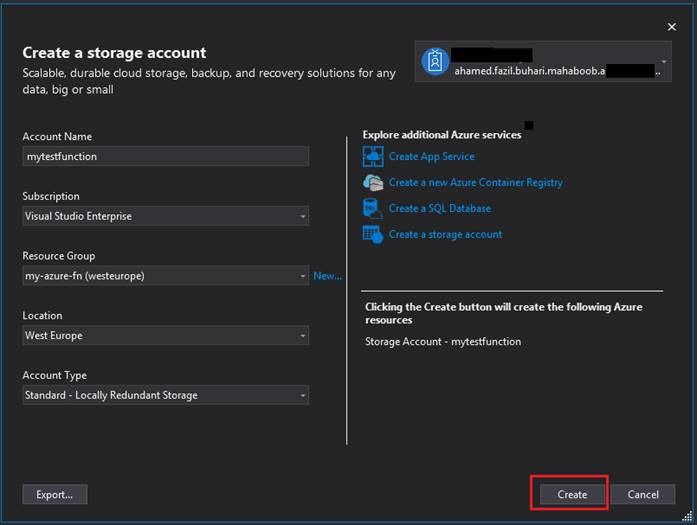

Azure data studio debug code#
An option for us is to write information to the Logs console in key parts of our code to get insights into what’s happening inside our Function. If it’s a fan-out/fan-in operation would enhancing exception messages with the HTTP verb, url, and information about the response help (HTTP status code or perhaps even the response body, depending on confidentiality concerns with logging the response content)? You may find my Debugging Fan-Out Operation Failures With Custom Exception Messages Using Durable Functions Extension For Azure Functions On C# post useful if that sounds helpful.Sometimes it may not be easy to debug Azure Functions deployed on Azure since we cannot do inline debug through the Azure Portal.Thoughts For Future DebuggingĪfter you’ve worked through an issue you have an opportunity to potentially make a similar investigation easier next time. For example, Instance summary query “… displays the status of all orchestration instances that were run in a specified time range.” which you may find useful if you’re looking for a high level view, which can help bridge between multiple Azure Functions applications running the same code. Application Insights: If data is being logged to Application Insights you can run queries.By default, it uses the AzureWebJobsStorage storage connection string but can be overridden.
Azure data studio debug update#
For non-local debugging you’ll need to update the storage connection string. Run the commands from the root folder of the Azure Functions application.

Azure Functions Core Tools: If you prefer the command line check out this docs page, noting the “Azure Functions Core Tools” headings: Manage instances in Durable Functions in Azure.There’s different options for running it, including a Visual Studio Code extension. Durable Functions Monitor: Per the repository README.md: “A monitoring/debugging UI tool for Azure Durable Functions”.Navigate the storage account on the Azure portal, open Storage Explorer on the left pane, expand Tables, view the History and Instance tables filtering by PartitionKey as the InstanceId where helpful. View Table Storage directly: A quick option is browsing to table storage directly via the Azure portal.You can guess and check Table Storage or query Application Insights for the appName using an Instance summary query. Note: If multiple Azure Functions applications are running the same code but using their own backend state storage for Durable Functions you’ll need to find which web app is handling the Durable Functions instance. The Instances can be helpful for determining the InstanceId, as the InstanceId is the PartitionKey in table storage and it contains the input parameters for each instance. In table storage you’ll find two tables, one ending in History and one ending in Instances.

This is the PartitionKey for table storage which can filter the tables for this specific instance. Finding The InstanceIdĪ good first step is finding the InstanceId if you don’t already have it. Note: This post assumes Azure Table Storage is the backend data store. Here’s a few thoughts I’ve compiled for debugging Durable Functions orchestrations. Durable Functions is an extension for Azure Functions to help write stateful services in a stateless environment.


 0 kommentar(er)
0 kommentar(er)
